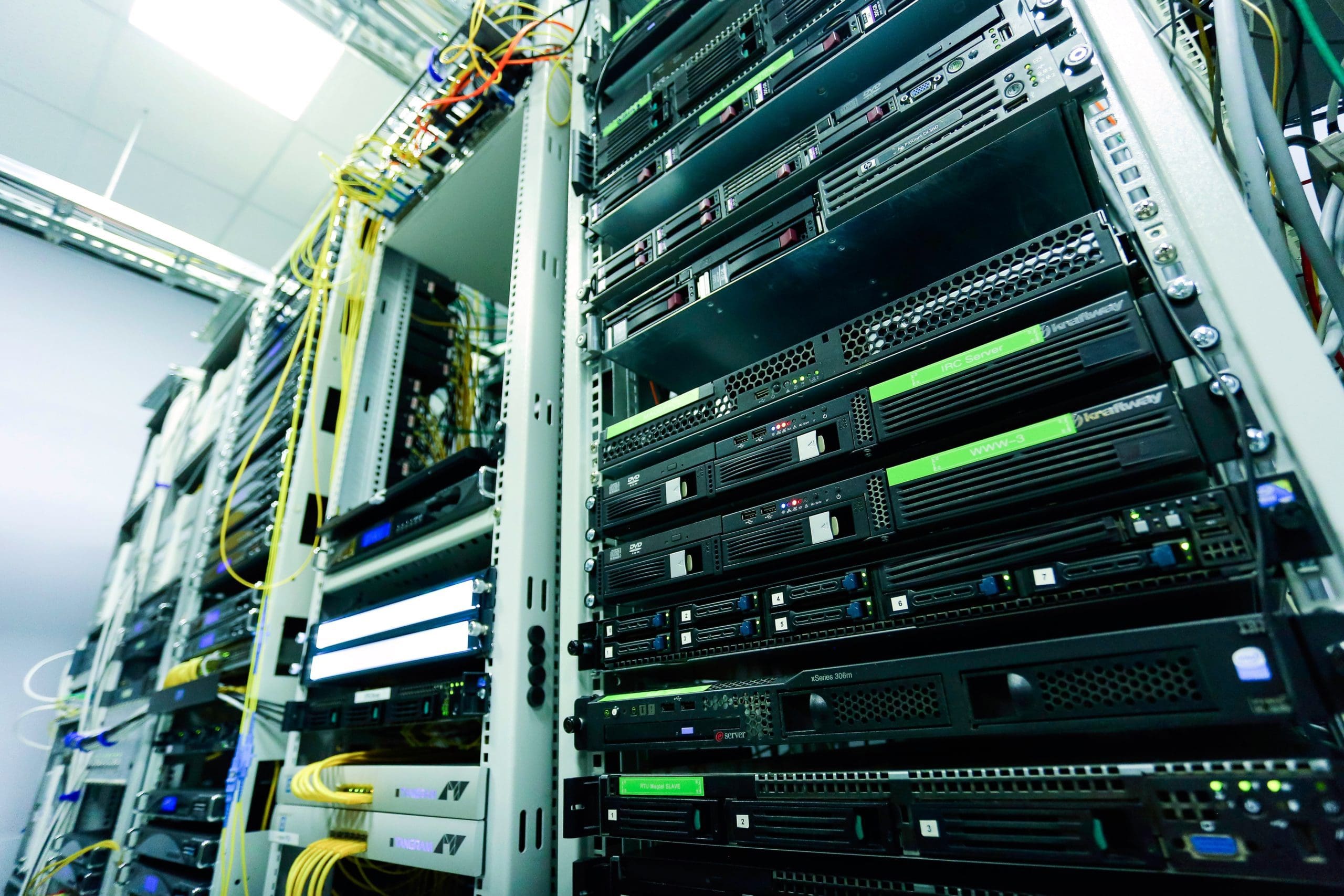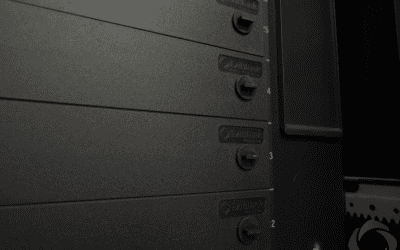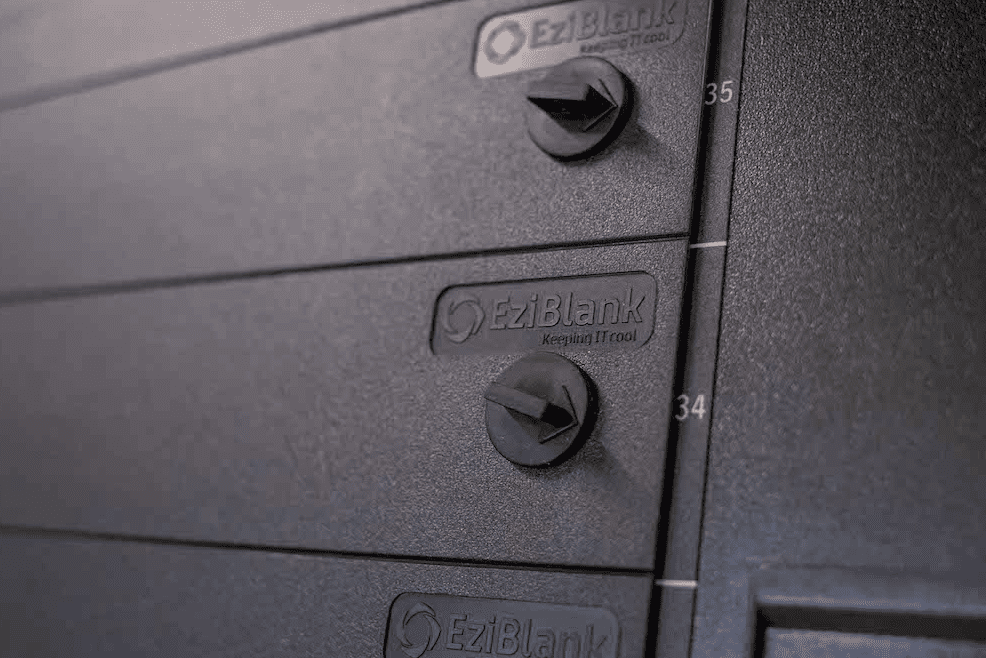Deciphering the Term: What Are Server Racks?
A server rack is a structure engineered for housing and arranging IT hardware. These racks are the backbone of numerous operations that necessitate more than one hardware component to perform their essential functions. Arranging servers and other IT equipment in a rack contributes to an organized environment and facilitates efficient airflow control.
Server Rack Cabinets
A server rack cabinet is similar to a standard rack, but it comes with an enclosure on all sides. The enclosure includes doors at the front and back of the rack and walls on both sides. Enclosed racks are selected for several reasons, including enhanced security against theft or accidental damage, easier airflow control, and better aesthetics if the rack is situated in a public area.
Rack-Mounted Servers
Most server chassis are crafted to mount on a rack. This design is because multiple pieces of IT equipment are often needed for operations, making it easier to manage if condensed into a single space. Tower servers do exist, but they can also be placed on their side to meet the 19″ width standard needed for rack mounting.
The Purpose of Server Racks
Server racks serve to house and organize IT equipment in a manner that optimizes the performance of the equipment and efficient use of floor space. They are most commonly found in data center environments but can also be used in smaller computer closets.
The “U” Space Concept in Server Racks
A U space (sometimes referred to as a Rack Unit or RU) is a standard measurement for IT equipment. A single U space equals 1.75 inches. The hole spacing for a standard 19″ wide rack is cut in groups of three holes, with this three-hole group defined as a one U space.
The Role of a Server
A server is a device designed specifically to process requests from other programs and devices and deliver data via the internet or a local network. Servers offer numerous functions, including data sharing and making various computations for clients. In its simplest definition, a server is a high-functioning, high-powered machine that transmits and receives data between itself and clients.
Server Racks vs. Network Racks
Server racks and network racks provide the perfect framework for organizing your network components, such as switches, routers, UPSs, cables, or servers. Both types of racks aim to protect the installed technology from external influences, including theft and unauthorized access. However, server racks are generally more robust and may have additional cooling systems.
Determining the Size of Server Racks
When deciding on the size of a server rack, it’s crucial to consider the type of equipment to be placed in it and their quantity. Standard-sized racks are popular as standard-sized equipment easily integrates into them. The server rack depth, i.e., the distance from the front rail to the rear of the back rail, is also a key factor to consider.
The Role of Industry Standards in Server Racks
Server racks that meet industry standards often save time and money on configuration and integration. These standards, set by respected authorities in the industry or region, include the International Electrotechnical Commission (IEC) EIA-310, UL2416, Restriction of Hazardous Substances (RoHS), Registration, Evaluation, Authorisation, and Restriction of Chemicals (REACH), and the International Building Code (IBC 2012).
Types of Computer Servers
There are various types of computer servers, each with a specific role and transmission protocol. These include web servers, mail servers, file servers, print servers, proxy servers, database servers, and domain name system servers.
Rack Server vs. Blade Server System
A blade server is a compact device that contains a computer used to manage and distribute data across a network. It can be scaled quickly and easily. The enclosure includes power and cooling systems, as well as input-output and usually four connections for all devices. In contrast, a rack server is suitable for organizations that have installed their infrastructure in rigid, standard-sized housings.
The Construction and Design of Server Racks
Server racks are typically 47 RU high, with depth ranging from 90 centimeters (35.43 inches) to one meter (1000mm or 39.37 inches). The material used and the built-in anti-tilt protection make them extremely stable. In comparison, network racks are often 42 RU high and 600 or 800 millimeters wide (23.62 to 31.50 inches).
At the end of the day, server racks are an essential part of any IT infrastructure. They provide a secure and organized environment for your IT equipment, ensuring optimal performance and efficiency.




